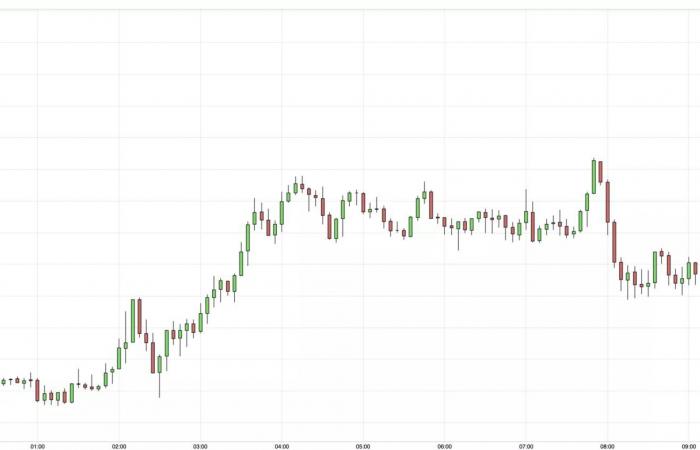The gold price continues its advance for the second consecutive day, reaching a weekly high of $2,620 during Tuesday's European session. If geopolitical tensions are fueling demand for this safe haven asset, the appetite for the American dollar is nonetheless slowing the yellow metal's surge.
A recovery hampered by Fed expectations
Gold's rise comes as the dollar attracts investors, encouraged by the idea of more prudent monetary policy from the Federal Reserve. With inflation prospects amplified by President-elect Donald Trump's expansionary policies, U.S. bond yields remain high, putting pressure on non-yielding assets like gold.
Also read: Can gold still break records?
Geopolitical tensions support gold
Persistent conflicts, particularly in Ukraine and the Middle East, continue to play a crucial role in the demand for safe values. The recent authorization by the United States for Ukraine to use long-range missiles has increased uncertainty in the markets, thus increasing the attractiveness of gold. This context encourages investors to remain cautious before betting on a prolonged decline in the metal.
Technical analysis: key resistances to watch
On the technical side, the price of gold crossed a major psychological threshold by rising above the 100-day moving average and the 23.6% Fibonacci retracement. However, significant resistance looms around $2,634 to $2,635. A move beyond this zone could open the way to higher levels including $2,655 and $2,664.
Conversely, a break below $2,600 could signal a pullback towards strategic supports at $2,568 and, potentially, $2,550. Analysts remain attentive to upcoming economic data, such as US building permits and manufacturing PMIs, which could influence the metal's trajectory.
Central banks, pillars of global demand
Gold retains its status as a safe haven, largely favored by central banks. In 2022, they acquired more than 1,136 tonnes, marking a historic record. Countries like China, India and Turkey are increasing their reserves to strengthen economic stability.
Correlation with the dollar and the markets
Historically, gold displays an inverse correlation with US dollar and Treasury bills. When the dollar weakens, the precious metal becomes more attractive. This mechanism allows investors to diversify their assets, especially during periods of high volatility in the financial markets. Furthermore, a decline in stock markets tends to support gold prices, positioning it as a leading safe haven asset.
Gold: an indicator of economic confidence
As a tangible asset, gold often reflects investors' mindset when faced with uncertainty. Its value is influenced by a complex combination of factors, from political tensions to central bank decisions. In this context, it remains an essential barometer of global economic stability.
FAQ sir l'or
Why invest in gold?
Gold is recognized as a refuge in times of turbulence. It also acts as a hedge against inflation and currency depreciation.
Who buys the most gold?
Central banks, with record purchases to stabilize their economies and strengthen confidence in their currencies.
What factors influence the price of gold?
Geopolitical tensions, interest rates and dollar strength are among the key elements shaping market fluctuations.






